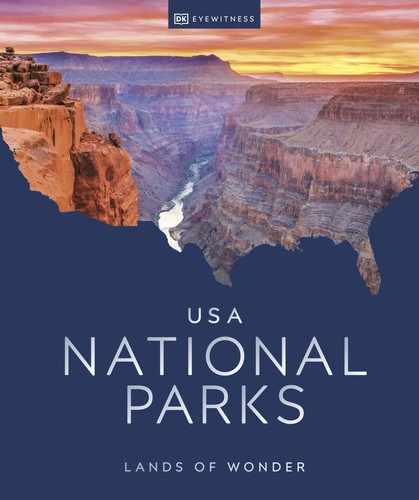
American Samoa
NATIONAL PARK OF AMERICAN SAMOA
ESTABLISHED 1988
In the heart of the Pacific Ocean, Samoan culture and natural treasures converge, creating a completely distinct national park experience, where islands born of volcanoes preserve immaculate coral reefs in the shadow of tropical cloud forests.
South of the equator in the world’s largest ocean lies a national park cradling secret treasures that many have never heard of, let alone experienced. From the lush island wilderness emerges the Samoan culture which, despite the gravitation toward popular culture on the US mainland, holds true to its 3,000-year traditions in the secluded villages that dot the land.
The remote park resides on three gorgeous, verdant islands. Ta‘ū and Ofu are both part of the Manu’a Islands chain. Ta’ū, regarded as the most traditional island in American Samoa, is an unparalleled spot from which to enjoy panoramic views over rugged cliffs and cloud forest. Ofu sees the most tourist activity because of its perfect shorelines, especially Ofu Beach—the most coveted stop in the park. Tutuila, the third island, is where you will find the capital city of Pago, home to the National Park Service headquarters. Pago (or “Pongo” as locals call it) offers the best understanding of modern American Samoa with the highest concentration of services. Wherever you start or finish in this national park, though, you will in some way find yourself being immersed in the rich culture of Samoa.
“Samoa” means “sacred Earth,” and it is in motion at all times. Fruit bats (also known as flying foxes) glide from branch to branch in tropical canopies like tree monkeys. Sharks and brightly colored fish weave through unbleached coral reefs, all clearly visible through transparent waters. To Samoans, the ocean is their earthscape. It is here that they fish, travel from island to island, and connect with the volcanic islands that bore their home. And you too might feel yourself irresistibly drawn into this magical, glistening world.

The majestic and unspoiled beach on Ofu island is a top draw thanks to its turquoise waters and stunning white sand
Samoan Culture |
|
|
Created in part to conserve the rich Samoan culture—one of the oldest in Polynesia—the park is a real partnership with the indigenous peoples who inhabit the landscape, and whose traditions intertwine with modern lifestyles. |
|
|
American Samoans hold island tradition (called fa’a) very close. To Samoans, faith, family, and music are key to daily life. Communities are made up of extended families, Christianity is widely practiced, and song is ever-present. |
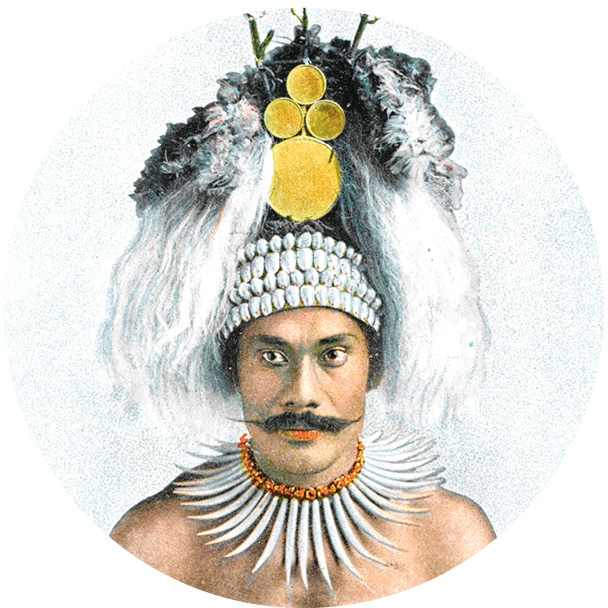
|
|
Fishing is both a popular pastime and a way of life for Samoans. Age-old methods still practiced include spearfishing and “gleaning,” where fish are pulled directly from reefs. |
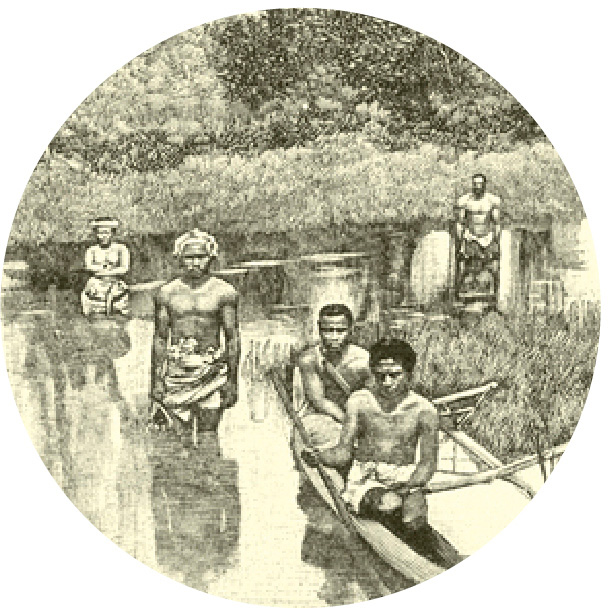
|
|
Many traditional crafts still color American Samoa, such as artfully painted bark on mulberry trees, handwoven mats, and traditional tattoos that are punched into the skin with ink-tipped sticks. |
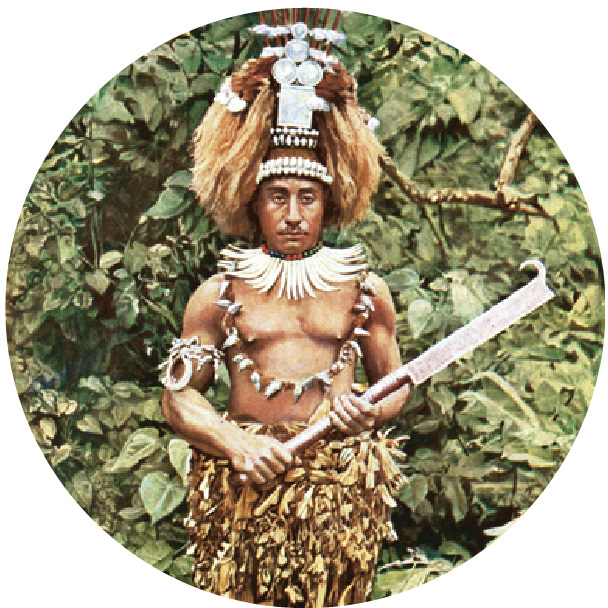
|
|
Fruit bats, which are found only in the Samoan Islands and Fiji, are one of the main reasons for national park protection. Locals hunt and eat them, and say their flavor changes depending on what fruit they most recently ate. |

|
Explorer’s spirit
With three areas of parkland to journey through, adventurers are spoiled for choice. On Ta’ū, you are likely to thrash through overgrown rain forest with a local guide on the hunt for blue crabs, before making your way to the ragged coastline where aquamarine waters crash against black rocks.
Once a week you can board the small aircraft to Ofu-Olosega. Some stay on Ofu; some go to the neighboring island of Olosega. Connecting the two is a bridge from where you can jump into the sparkling waters surrounding the Manu’a Islands chain.
After the short island flight, one of two park visitor centers greets you from the runway, ready to impart their wisdom on why Ofu is so special. On the walk between Ofu beach and the visitor center there is total seclusion and an unmistakable scent of salty sea air and plumeria wafting through the crackling branches. The underwater marine life and the coral nurseries it lives in are unique to the park, and to the world, providing habitat to immensely diverse marine systems that have earned it designation as a National Marine Sanctuary, one of only 13 in the US. Every five to ten years, cyclones disturb the nurseries, yet they have shown a remarkable ability to regenerate. Luckily, because there are so few visitors, snorkeling is allowed in this delicate environment. This is a rare privilege, and an unforgettable experience for those fortunate enough to make it here.
On Tutuila, verdant mountains hover over the bay and invite intrepid hikers to lace up their walking boots. To reach the trailheads, you will need some smart advice from the rangers at the visitor center before navigating your way through the capital city by rental car, cab, or bus before walking the rest of the way. Often, the adventure starts before the hike even begins. One of the most rewarding trails in the park is Mount ’Alava, which attracts hikers from across the globe. As you wind through dense tropical rain forest to reach the peak, look out for fruit bats, native birds, and lizards that make their home here. It’s a challenge, but after climbing 56 ladders and 783 steps, you’ll reach the top of the island, gaining an impressive 1,300 ft (396 m) in elevation.
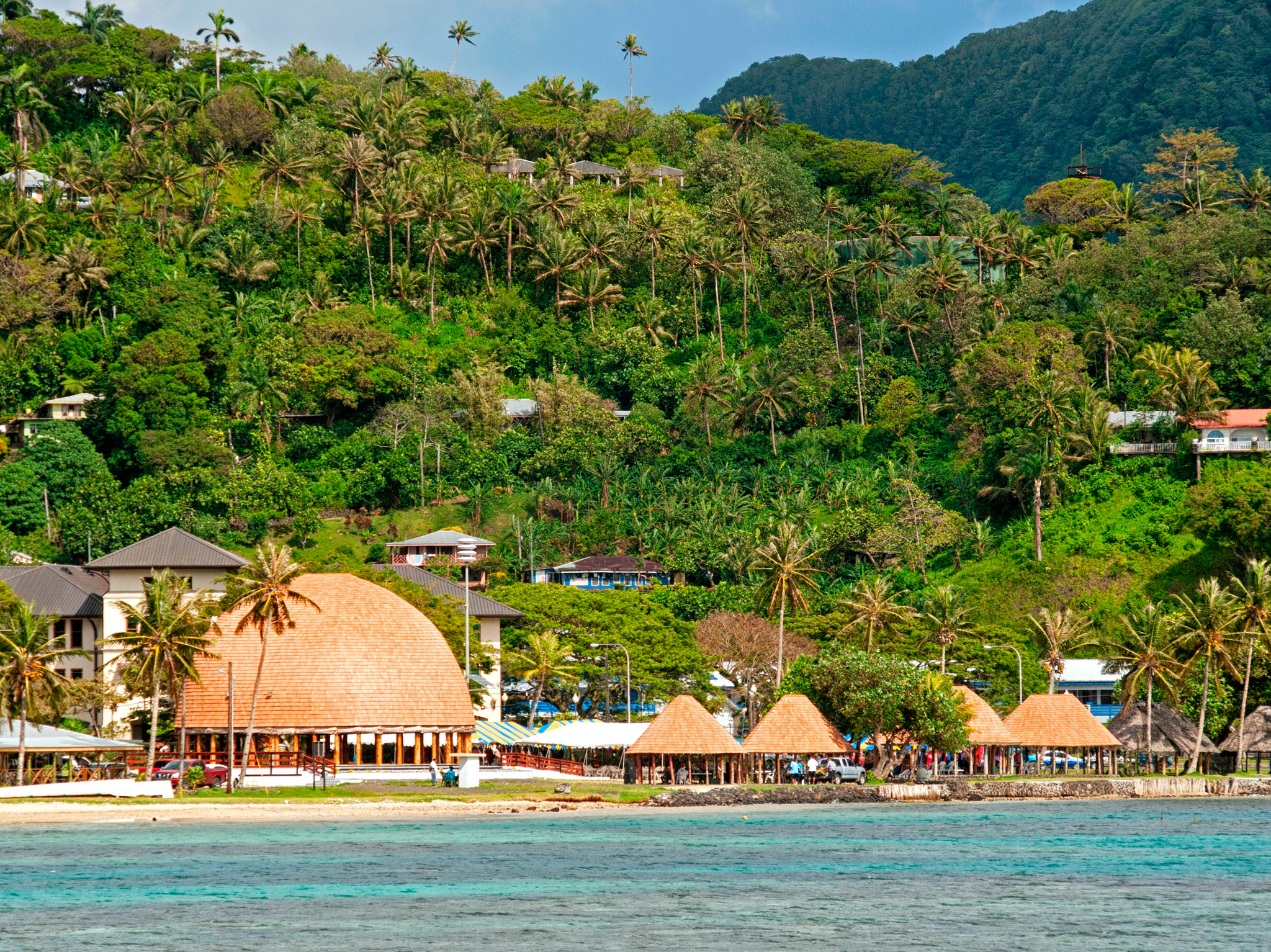
Lush mountains overlook the pristine waters and traditional Samoan beach houses (fales) at Pago on Tutuila
FLORA AND FAUNA
Flying Foxes
The fabled fruit bat has a wingspan that can measure up to 3 ft (0.9 m), which is large for a bat. They can be easily spotted in the daytime as they fly through the trees, playing and looking for food like mangoes and avocados. Three species inhabit the island: two large-sized ones that eat fruit, and one smaller one that lives on insects.
Ways to Explore
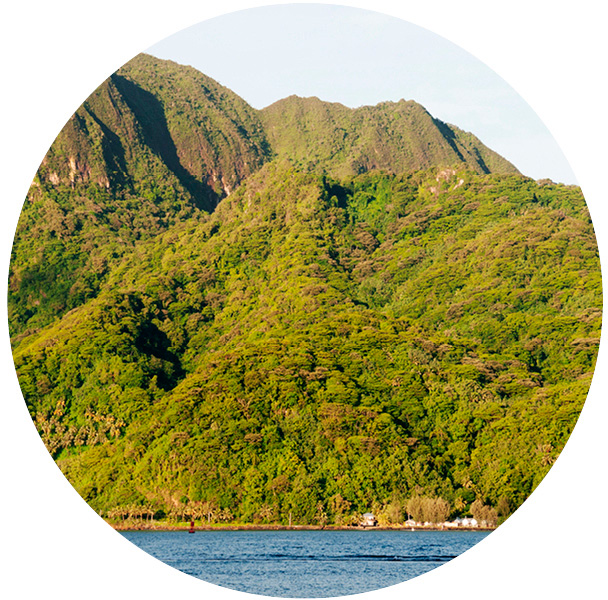
Hike ▷ Mount ’Alava Trail, 6 miles (10 km) round trip. This challenging hike passes through lush rain forest and muddy paths before reaching the summit. The reward is a spectacular viewpoint at a height of 1,611 ft (491 m), overlooking Pago Harbor and the island of Tutuila, where deep blue ocean is seemingly endless.
Snorkel Home to more than 250 species of coral, the waters that surround the national park are unparalleled when it comes to snorkeling. The 4-mile (6-km) stretch of paradise beach on Ofu is often ranked among the top ten most beautiful beaches in the world.
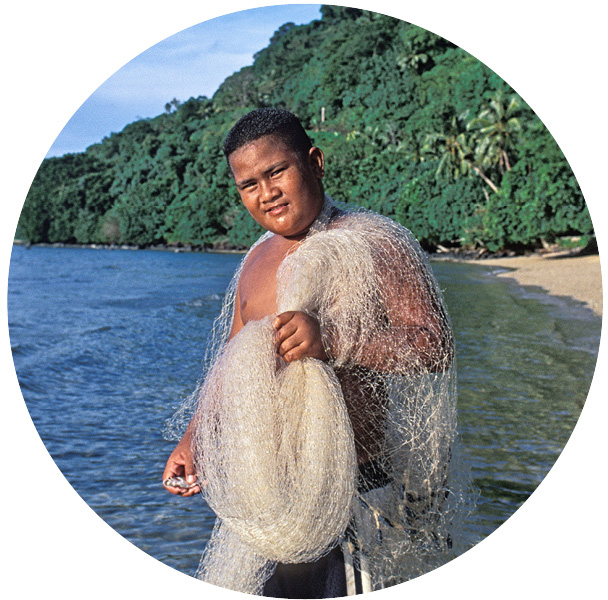
Fish ▷ Tutuila and the Manu’a Islands are prime fishing territory. Try out traditional Samoan techniques such as spearfishing and hand collection, or go modern with rod and reel for cast fishing.
FOCUS ON
Traditional Umu Feast
An umu is an above ground oven common across Polynesia, used on special occasions, when food is caught, prepared laboriously by hand, and cooked.

Sprawled across three islands, the park offers breathtaking vistas
